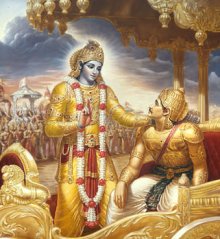As I explained in Defining The Internal Martial Arts, there is no consistent definition of what constitutes a neijia style. In fact, you might be a neijia artist yourself, and not even realize it! Here are a few of the classic warning signs.
If you are constantly looking inward, yet still cannot stand the sight of blood,
you might be a neijia artist.
